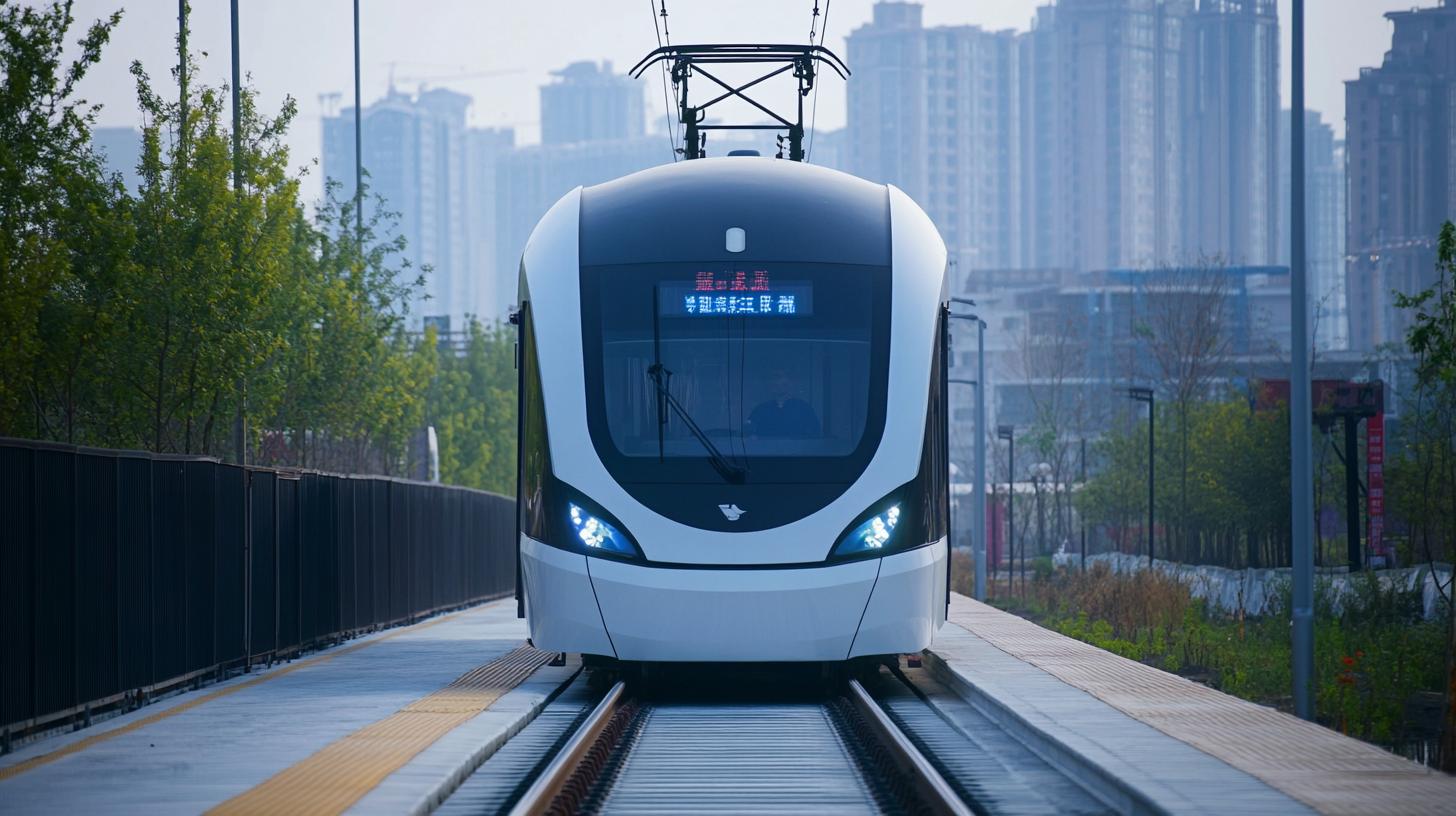In the rapidly evolving field of artificial intelligence (AI), the demand for effective and efficient computing power has led to significant advancements in hardware technologies. Among these innovations, Tensor Processing Units (TPUs) have emerged as pivotal components designed specifically for machine learning tasks. This article aims to provide an in-depth understanding of TPUs, their architecture, applications, and benefits.
What are Tensor Processing Units?
Tensor Processing Units are specialized hardware accelerators developed by Google to enhance the performance of machine learning and deep learning workloads. Introduced in 2016, TPUs are optimized for the large matrix multiplications and tensor operations that are commonly found in neural networks. Their architecture allows for massive parallelism and efficient processing, making them highly suitable for training and inference of AI models.
Key Features of TPUs
One of the standout features of TPUs is their high throughput for tensor operations. Unlike traditional CPUs and GPUs, which are designed for a wide variety of tasks, TPUs are tailored specifically for the needs of machine learning. This specialization leads to significant performance improvements. For instance, a TPU can perform vast numbers of multiplications and additions in a fraction of the time it would take a conventional processor.
Another important aspect is energy efficiency. TPUs offer a performance-per-watt advantage, making them ideal for large-scale deployments in data centers. This efficiency not only reduces operational costs but also contributes to sustainability efforts by minimizing energy consumption.
TPU Architecture
The architecture of a TPU typically consists of a matrix multiplication unit, a vector processing unit, and a high-bandwidth memory system. The matrix multiplication unit, known as the TPU core, is the heart of the device, allowing for scalable processing of deep learning operations. The interconnects within the TPU enable rapid communication between cores, thus facilitating the processing of complex models.
TPUs are available in different versions, namely the TPU v2, v3, and more recent iterations. Each version upgrades the computing power and memory capacity, allowing for even larger and more complex models to be trained efficiently.
Applications of TPUs
TPUs are being widely utilized across various sectors, particularly in applications that involve large datasets and deep learning. They are extensively used in natural language processing (NLP), computer vision, and recommendation systems. Notably, Google has leveraged TPUs in its own products, such as Google Photos and Google Translate, significantly enhancing their performance and user experience.
Moreover, TPUs have expanded their reach into research environments, allowing scientists and researchers to tackle complex problems, such as protein folding and climate modeling, with unprecedented speed and accuracy.
Accessing and Using TPUs
For developers and researchers looking to use TPUs, Google Cloud provides accessible options through its AI Platform. Users can integrate TPUs into their machine learning workflows with ease, scaling up their computations dynamically based on project needs. Additionally, many popular machine learning frameworks, including TensorFlow, have built-in support for TPUs, facilitating their adoption.
Conclusion
In conclusion, Tensor Processing Units are revolutionizing the landscape of artificial intelligence computing. With their dedicated architecture for machine learning tasks, exceptional performance, and energy efficiency, TPUs are shaping the future of AI development and deployment. As the world increasingly turns to AI-driven solutions, understanding and leveraging the capabilities of TPUs will be essential for organizations aiming for success in this competitive field. The continued evolution of TPUs promises to further empower innovators and researchers alike, paving the way for breakthroughs that were once thought to be on the horizon.
Enhancing Your AI Experience: Tips, Life Hacks, and Interesting Facts on Tensor Processing Units
As the technology landscape evolves, understanding the tools at your disposal becomes crucial, especially in fields like artificial intelligence (AI). Given the increasing importance of Tensor Processing Units (TPUs), here are some tips, life hacks, and intriguing facts to help you maximize your experience with these powerful hardware accelerators.
Tips for Using TPUs Effectively
1. Start Small: If you’re new to TPUs, begin with smaller models to understand how they operate. This approach allows you to familiarize yourself with the infrastructure and tooling without overwhelming your system or incurring high costs.
2. Optimize Your Code: Always optimize your machine learning code for TPUs. Use efficient data pipelines and ensure your model architecture takes full advantage of the TPU’s matrix multiplication capabilities. Libraries like TensorFlow are equipped with utilities specifically designed for TPU optimization.
3. Leverage Transfer Learning: Utilize pre-trained models wherever possible. Transfer learning can significantly reduce the resources required to train a model from scratch, making your TPU utilization more efficient and saving valuable time.
Life Hacks for Researchers and Developers
– Monitor Resource Usage: Keep an eye on the TPU’s resource utilization through the Google Cloud dashboard. This helps in making informed decisions about scaling up or down based on project needs and constraints.
– Experiment with TPU Versions: Don’t hesitate to explore different TPU versions. Each version offers distinct enhancements that can benefit various tasks. Choosing the right one based on your specific workload can lead to better performance and cost savings.
– Community Support: Engage with online forums and communities focused on TPUs and TensorFlow. Websites like TensorFlow forums offer a wealth of information directly from fellow users and developers who share their experiences and solutions.
Interesting Facts About TPUs
– Designed for Google: TPUs were initially developed for Google’s internal use but have since been made available to cloud users. This gives developers access to the same cutting-edge equipment that powers popular Google services.
– Multiple Deployments: Companies such as Nvidia and AMD have focused on GPU accelerators, yet TPUs excel in specific AI tasks, such as neural network training and inference, making them a unique tool in an AI toolkit.
– Sustainability Impact: The energy efficiency of TPUs not only aids in reducing costs but also aligns with global sustainability goals. Using TPUs can minimize carbon footprints in large data centers.
Conclusion
Exploring and utilizing Tensor Processing Units can greatly enhance your projects in the realm of artificial intelligence. By implementing these tips and hacks, and understanding more about the technology, you can unlock the full potential of TPUs. With the ongoing advancements in AI, staying updated with tools like TPUs will keep you ahead of the game. For further insights and specifics about Tensor Processing Units, visit Google Cloud for additional resources and information.






















